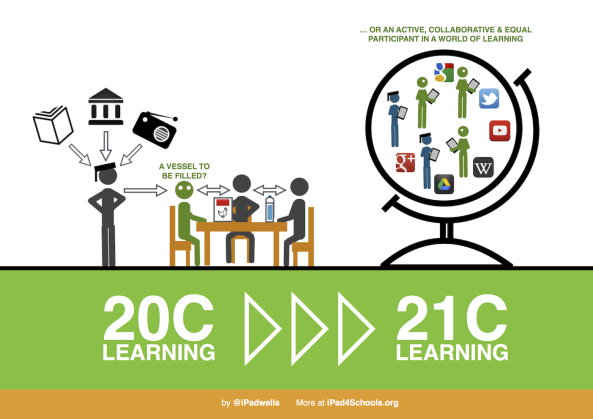Have you ever tried HyperDocs? If your answer is “No,” you should definitely try them to see how they will transform your classroom. The idea came from three amazing teachers: Lisa Highfill, Kelly Hilton, and Sarah Landis and I think one of the reasons why HyperDocs work so well in the classroom is due to the fact that they are created by teachers who are actively teaching in the classroom. Here is the link to some of their poster resources at ISTE19.
So, why HyperDocs? Teachers have to assume several roles in the classroom today.
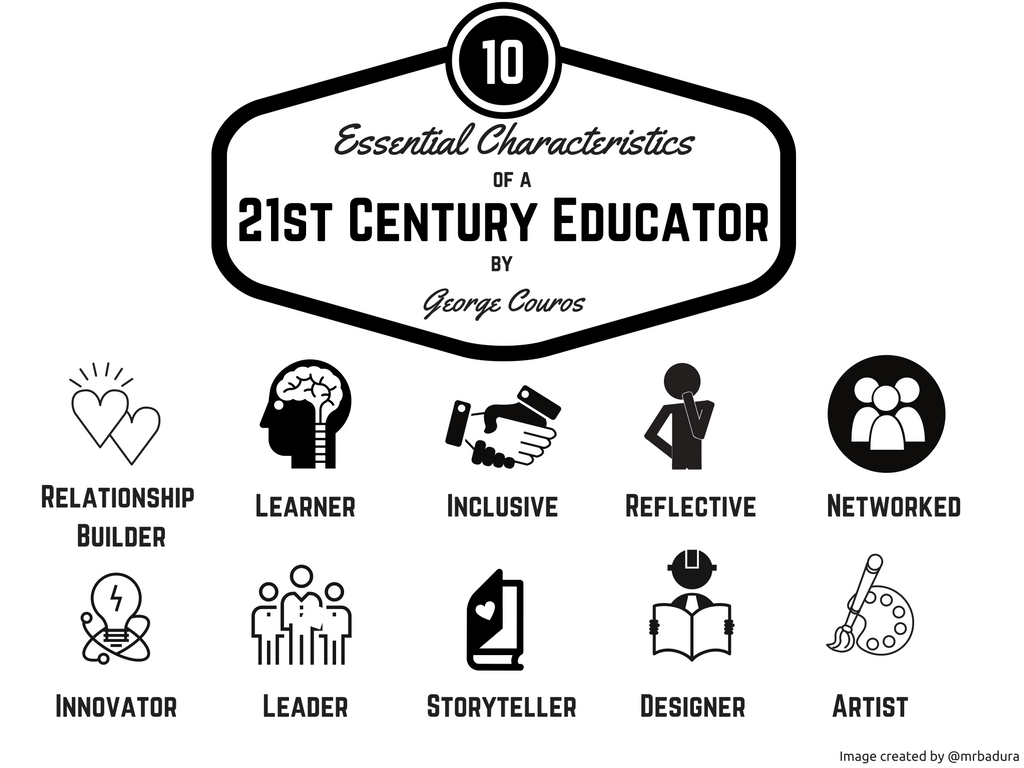
Image Source: https://georgecouros.ca/blog/archives/6783
We are expected to cover all the standards so that our students do well on the standardized tests. We should also teach 21st Century skills and to integrate them into our lesson plans. Our students will not be ready for life if they don’t know how to communicate and collaborate effectively, think critically, solve problems and come up with innovative solutions. Today information changes at such a rapid rate that most of the information they have learned at school will not be valid by the time our students graduate, so we have to teach them how to learn, not just what to learn. The ‘sit and get style’ of instruction is not serving our population of learners. Therefore, our lessons have to be student-led. We have to differentiate learning so that we can include everyone in the classroom, establish good relationships with our students and manage our classrooms well while engaging and empowering everyone in the classroom.
The HyperDoc teachers came up with a package that can enable you to do all these. On the surface, a HyperDoc may look like a colorful Google Doc with links, but it is based on strong pedagogies such as inquiry-based learning, the SAMR model, and DoK, providing opportunities for the exploration of a topic with activities that are self-paced or delivered in a flexible blended learning environment, often flipped and differentiated with extensions to meet the needs of all students. That’s why a HyperDoc is so much more than just a doc with hyperlinks.
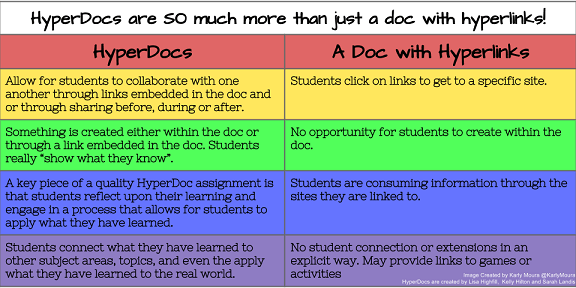
Image Credit: @KarlyMoura
The inquiry-based lessons provide opportunities for exploration of a topic both individually and collaboratively by scaffolding learning. Teachers deliberately choose web tools to give students opportunities to Engage – Explore – Explain – Elaborate (Apply – Share – Reflect) – Extend the learning. Reflection is used at the end of each phase of this learning cycle. Reflection opportunities built into the HyperDocs help students gather feedback from their classmates and teachers. They also enable teachers to evaluate students’ understanding of key concepts and skill development and plan future learning activities accordingly.
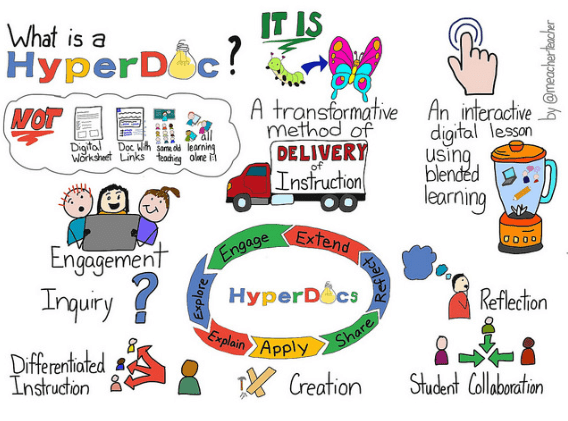
Image Credit: Jody Meacher @meacherteacher
Technology is used to create purposeful opportunities for learning. By using the appropriate tools, teachers carefully choreograph collaboration, communication, creativity, and critical thinking to design lessons that provide the students with voice and choice and with opportunities to share what they know with an authentic audience. Students make decisions about how and what they learn based on personal needs and preferences. This self-paced nature of HyperDocs enables the teachers to spend more time with the students who need their support as teachers have more face time with their students. All of these is packaged in one easy-to-find place, shared by all students in Google Classroom and can be accessed anytime on multiple devices.
Delivering lessons with HyperDocs is a big shift from teacher-led instruction to student-driven learning. Teachers become designers or architects of learning experiences instead of assigners. There is less focus on teaching moments and more on learning moments. You can visit this Padlet to see what teachers think about HyperDocs.
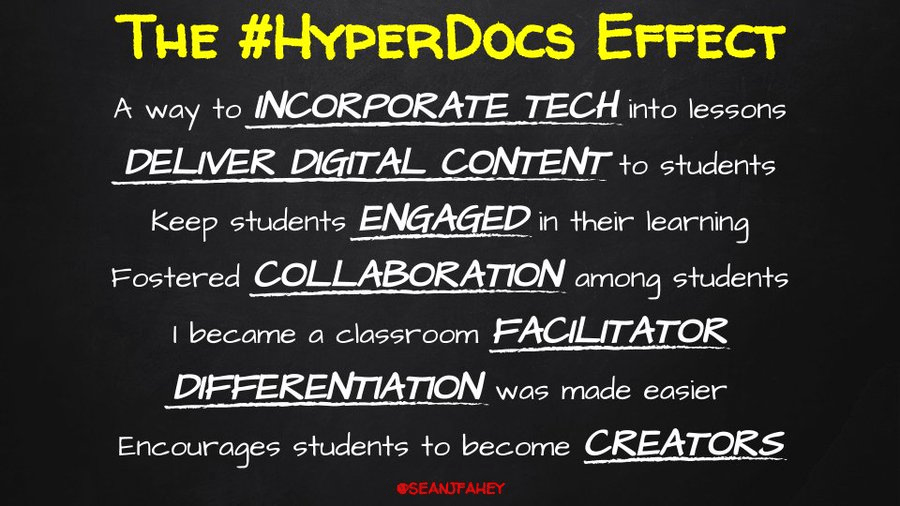
Image Credit: @SEANJFAHEY
One important tip about creating HyperDocs: Don’t prepare them as an e-learning course. Integrate non-digital student collaboration and communication activities such as Think Pair Share, Socratic Circles, Concentric Circles, and Gallery Walks.
Students find the interactive nature of HyperDocs that encourage social learning engaging. In addition to this, HyperDoc teachers emphasize the significance of visual packaging. Our students live in a media-infused world and are exposed to several colorful and appealing media messages every day. We should try to compete with these with the lessons that we prepare and make the visual packaging as appealing as possible to engage them. Here is an example.
Before I shared HyperDocs with my colleagues at school, I curated a series of resources for them about the must-haves of HyperDocs. If you think you need more information on Google Apps for Education, inquiry-based learning, formative assessment, integrating the 4 C’s into your lessons, differentiated learning or the flipped classroom you may check it here.
The best way to start with HyperDocs is by remixing them to modify a pre-made HyperDoc for your own use depending on the needs of your students. Please don’t forget to give credits to the owners of the HyperDocs that you have remixed. You can check my Genius Hour HyperDoc, which is a remix. You will also need different templates and editable digital graphic organizers to prepare HyperDocs. Check these templates created by Amanda Sandoval. Check this list before you start preparing your HyperDoc and use this checklist after you have finished preparing it. Finally, check these tips and recommendations by Sean Fahey to make the most of your HyperDoc experience.

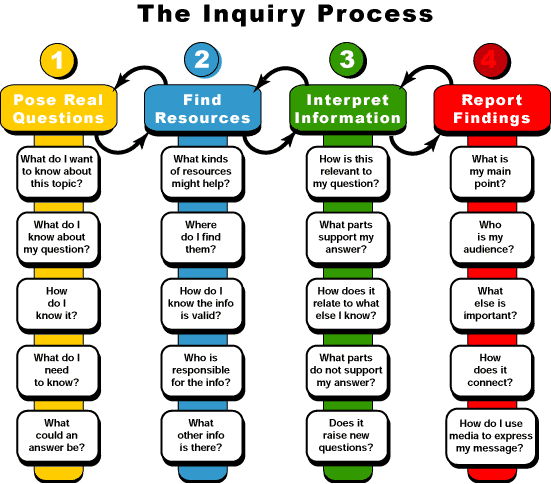
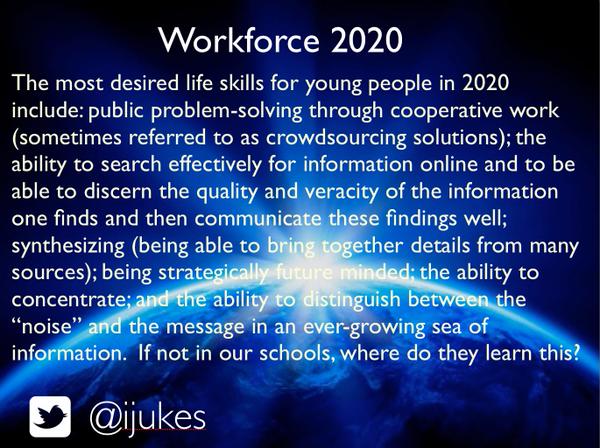

 SOURCE: Essential questions by Susan Oxnevad (Please hover your mouse and click on the interactive images).
SOURCE: Essential questions by Susan Oxnevad (Please hover your mouse and click on the interactive images). 

